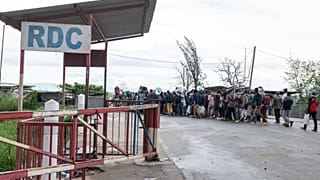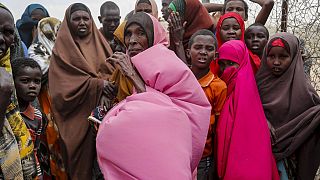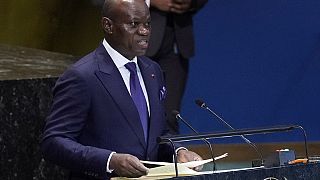Heatwave
Ruben Berrios, 66, lives in Mott Haven, South Bronx, where temperatures soar 8 degrees higher than wealthier, greener neighborhoods nearby. Heat is the leading cause of weather-related deaths in the U.S., claiming an average of 350 New Yorkers annually. Berrios recalled losing two friends during a recent heatwave.
Heat waves hit hardest in urban, low-income areas, particularly affecting people of color. In New York, Black residents die from heat stress at double the rate of white residents. Discriminatory policies like redlining have left minority neighborhoods with less green space and higher heat vulnerability.
Environmental justice advocates trace heat inequality to these historic practices. Urban areas with less greenery, such as the South Bronx, experience the urban heat island effect, worsening the impact. The South Bronx faces severe noise and air pollution and high rates of health issues, increasing heat vulnerability.
Efforts to combat heat include planting more trees, creating green spaces, and adding rooftop gardens. The New York City Council has passed laws to increase tree cover. Cooling centers and programs to help low-income residents with cooling needs are also in place.
As extreme heat becomes more common, resourceful residents use wet towels, toy water guns, and even unscrew fire hydrants to stay cool. Experts warn that heat waves will worsen, emphasizing the need for proactive measures.











01:06
Trump administration expands U.S. travel ban to five more countries
01:00
Hanukkah ceremony in New York held under tight security post Bondi attack
00:03
Court suspends Kenya-U.S. $2.5 billion health cooperation deal
01:05
Uganda to receive $1.7 billion of US funding under new health deal
02:01
G20 South Africa summit sets global action on climate and inequality
00:58
New sexual assault claims against Sean 'Diddy' Combs